Instructional Series
This site will be closing soon as its content has moved to Tāhūrangi.
2024 titles are available on Tāhūrangi. Use the filters to find specific series.
Find Literacy resources at Tāhūrangi - Literacy.
Welcome to the English medium literacy instructional series teaching and learning resources for years 1 to 8.
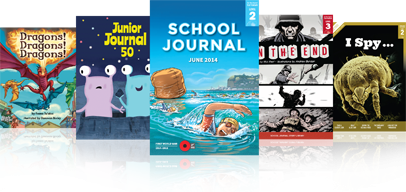
- Gold
- Blue
- Green
- Orange
- Red
- Turquoise
- Yellow
- 4
- 2
- 3
- 1
- 4
- 8
- 6
- 7
- 5
- 3
- 2
- 1
- Social Sciences
- English
- Health and Physical Education
- Science
- Technology
- The Arts
- Learning Languages
- Mathematics and Statistics
- Non-fiction
- Fiction
- None
- Living world
- Nature of science
- Articles
- Stories
- Poems
- Plays
Search results
117 items - Showing 61 - 70
-
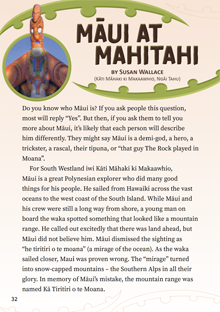
Māui at Mahitahi
by Susan Wallace
Do you know who Māui is? If you ask people this question, most will reply “Yes”. But then, if you ask them to tell you more about Māui, it’s likely that each person will describe him differently. They might say Māui is a demi-god, a hero, a trickster, a rascal, their tipuna, or “that guy The Rock played in Moana”. For South Westland iwi Kāti Māhaki ki Makaawhio, Māui is a great Polynesian explorer who did many good things for his people.
-
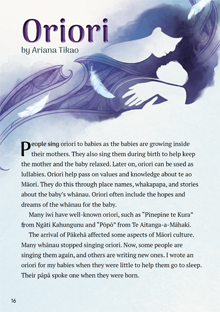
Oriori
by Ariana Tikao
People sing oriori to babies as the babies are growing inside their mothers. They also sing them during birth to help keep the mother and the baby relaxed. Later on, oriori can be used as lullabies. Oriori help pass on values and knowledge about te ao Māori. They do this through place names, whakapapa, and stories about the baby’s whānau. Oriori often include the hopes and dreams of the whānau for the baby.
-
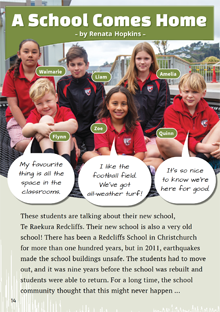
A School Comes Home
by Renata Hopkins
This recount describes a campaign by Redcliffs School and its local community to save their school after it was closed because of damage from the 2011 Christchurch earthquakes. “A School Comes Home” includes comments from past and present students and a timeline of events.
Gold 2
-
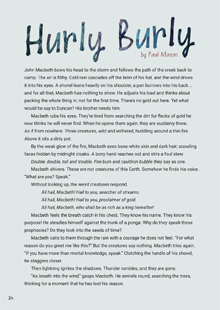
Hurly Burly
by Paul Mason, illustrations by Rosie Colligan
“Hurly Burly” is a spooky morality tale set in the New Zealand gold rush and based on Shakespeare’s Macbeth. John Macbeth is returning to camp when he sees three wild and withered creatures stirring a foul stew and incanting “double, double, toil, and trouble”. The unearthly creatures prophesise his future riches. When John returns to the camp, his brother Duncan announces that he has struck gold and asks John to head into town to register his claim. The story takes a dark turn when John’s wife Sarah encourages him to murder his brother and take the claim as his own.
-
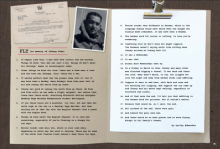
-
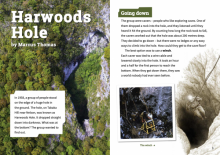
Harwoods Hole
by Marcus Thomas
In 1958, a group of intrepid cavers descended into Harwoods Hole, a huge vertical chasm on Takaka Hill. At the bottom, they discovered a spectacular environment, with beautiful stalactites and waterfalls. A month later, they discovered a second cave nearby. The cavers proved that the two cave systems were connected and created a way to travel between them. The themes of exploration and discovery make this article an enthralling read. It’s also an excellent introduction to the information texts students will be encountering more frequently as they progress through school.
-
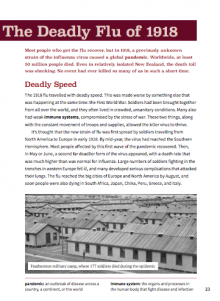
Pandemic: The Deadly Flu of 1918
by Renata Hopkins
Most students are aware of New Zealand’s participation in the First World War, but few will know of the flu pandemic that swept across the world in its aftermath. In New Zealand, the epidemic took over nine thousand lives in under two months – an appalling number, especially if compared with the eighteen thousand soldiers whose lives were lost to the war. This article conveys the horror of the event while imparting factual information about how the virus spread and how the government and communities tried to deal with it.
-
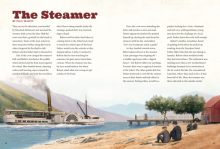
The Steamer
by Paul Mason
illustrated by Dede Putra
"They sat on the shoreline, surrounded by bleached driftwood, and watched the steamer drift across the lake."
-
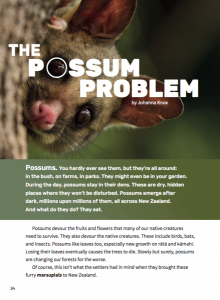
The Possum Problem
by Johanna Knox
illustrated by Adele Jackson
"Possums. You hardly ever see them, but they’re all around: in the bush, on farms, in parks. They might even be in your garden. During the day, possums stay in their dens. These are dry, hidden places where they won’t be disturbed. Possums emerge after dark, millions upon millions of them, all across New Zealand. And what do they do? They eat."
-
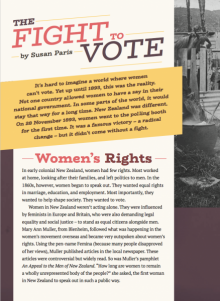
The Fight to Vote
by Susan Paris
"It's hard to imagine a world where women can't vote. Yet up until 1893, this was the reality. Not one country allowed women to have a say in their national government. In some parts of the world, it would stay that way for a long time. New Zealand was different. On 28 November 1893, women went to the polling booth for the first time. It was a famous victory – a radical change – but it didn't come without a fight."





 Literacy Online home
Literacy Online home
